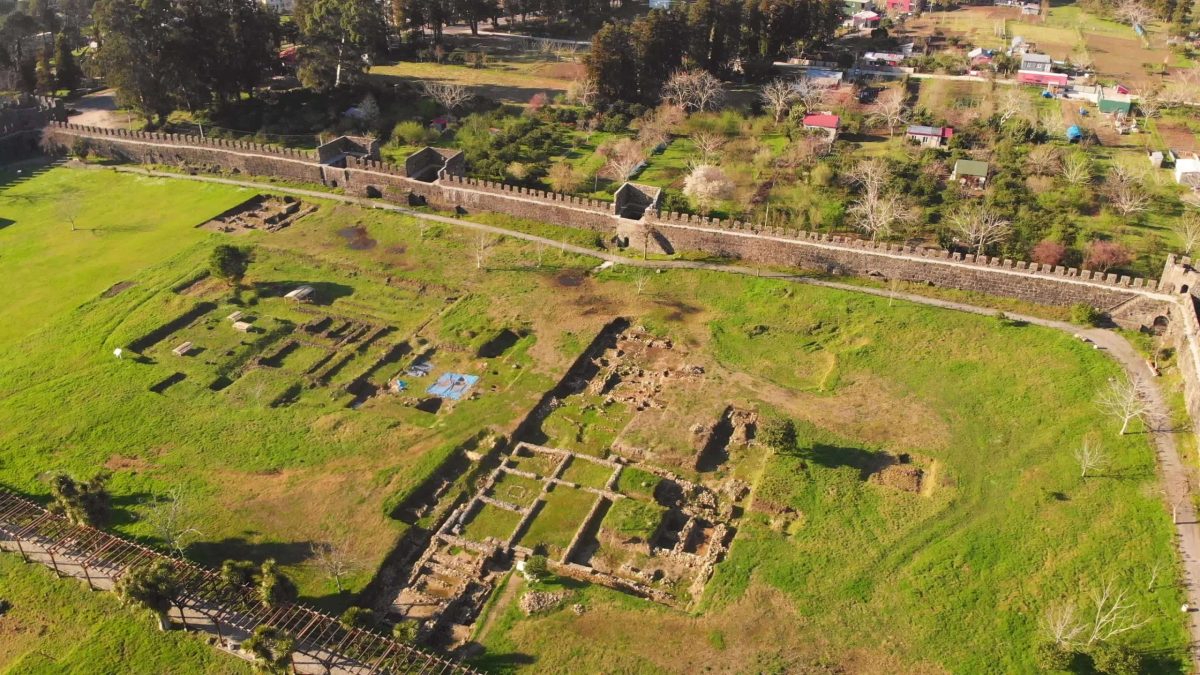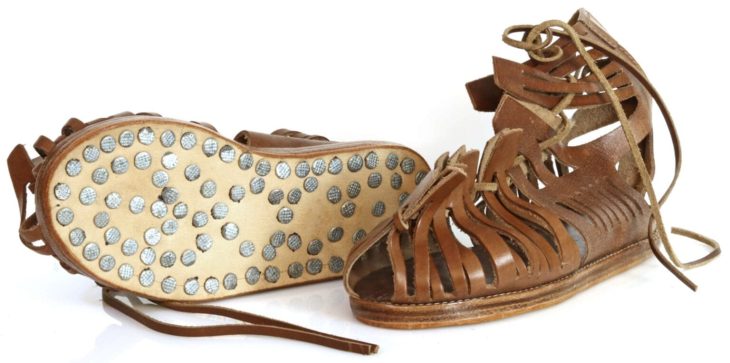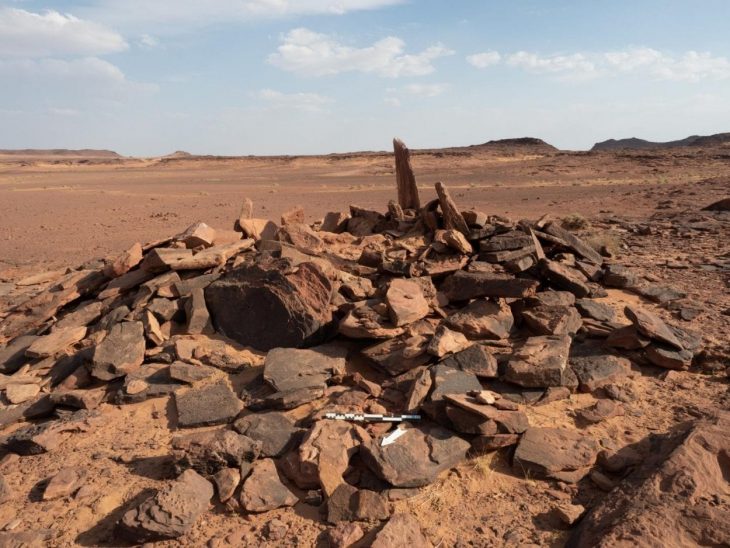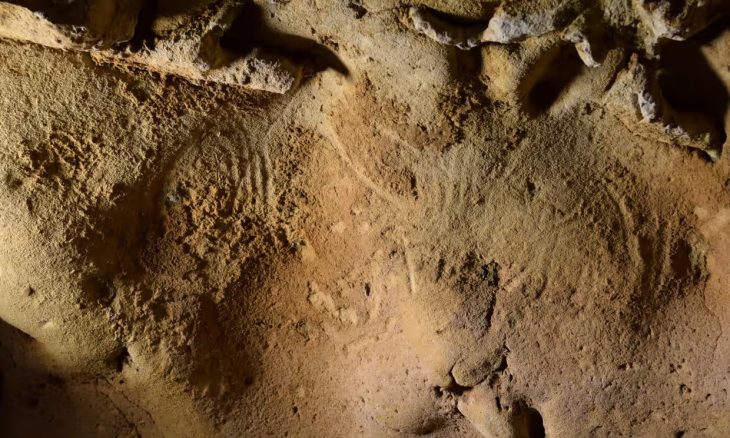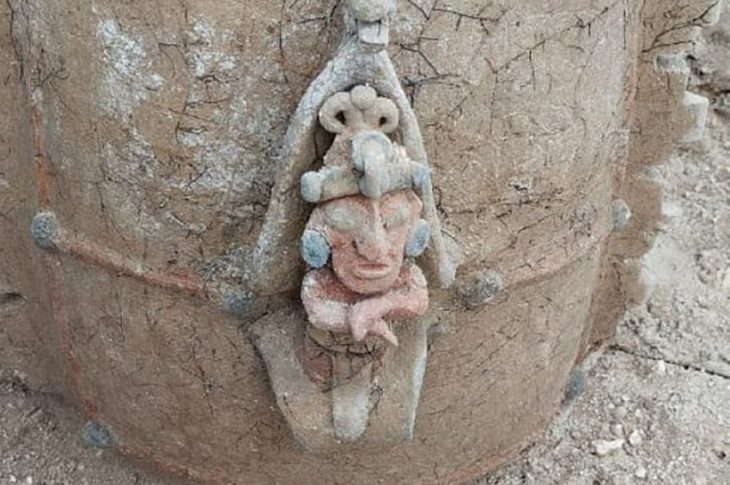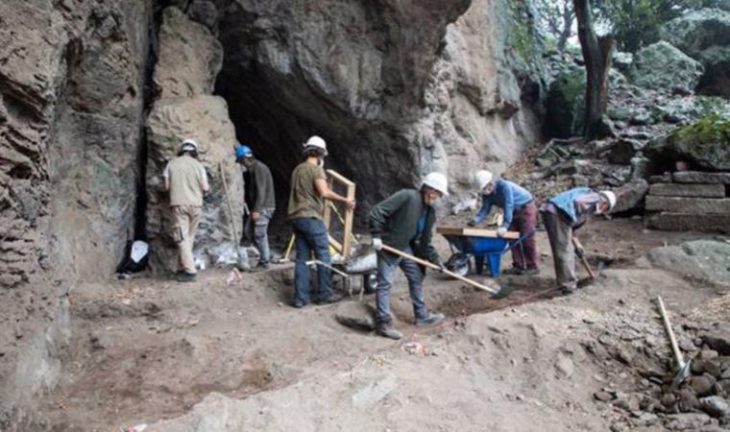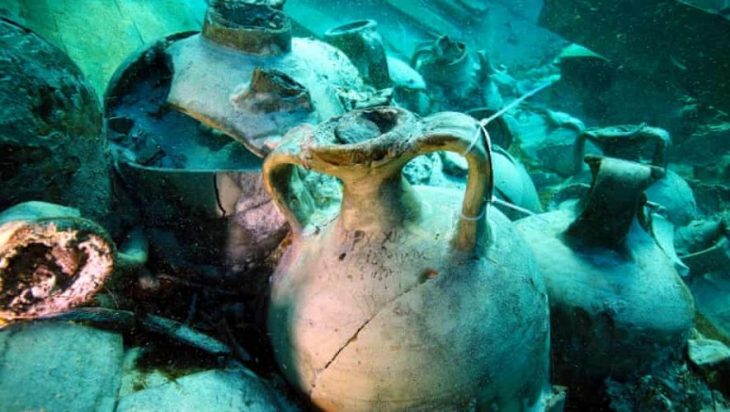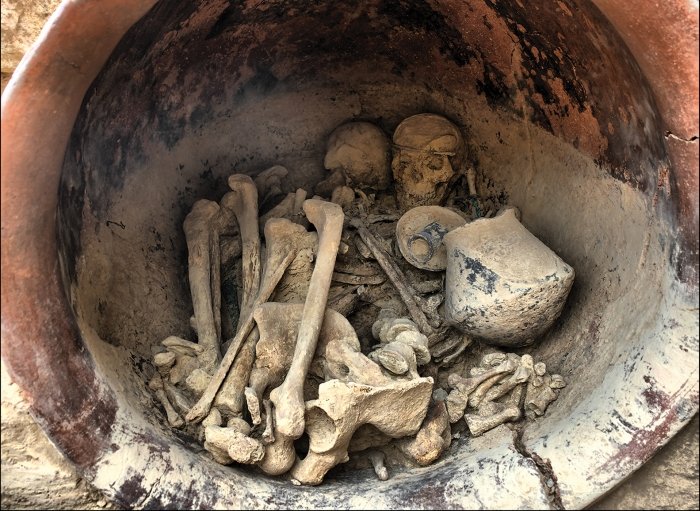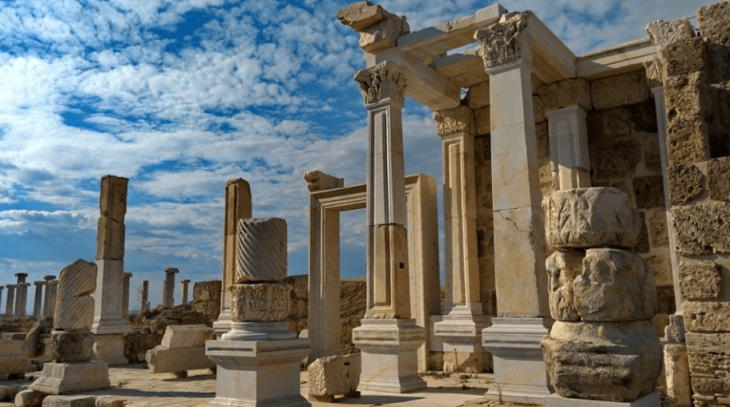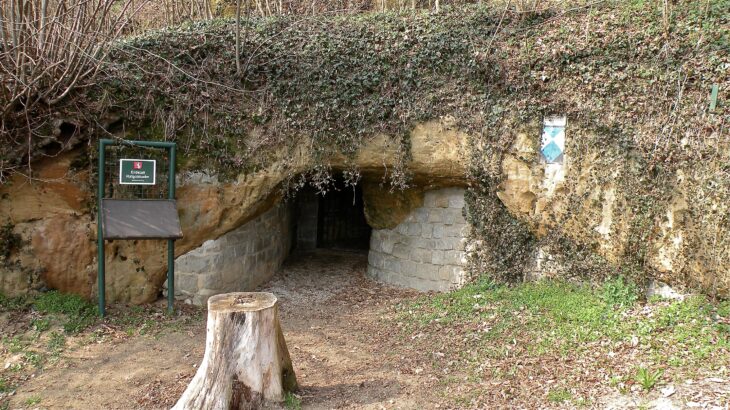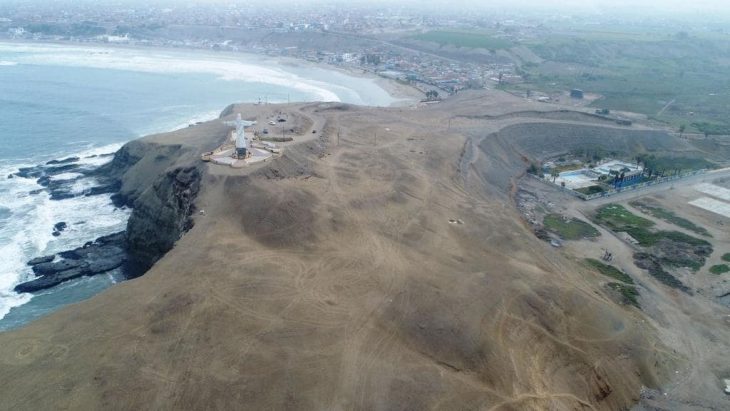Polish scientists discovered that Legion X Fretensis, known for its brutal suppression of Jewish uprisings, was stationed in the early 2nd century AD in the Roman fort of Apsaros in Colchis on the Black Sea coast.
Until now, researchers were unaware of their presence in such a distant region.
This legion of the Imperial Roman army known as the Legio X Fretensis, or “Tenth Legion of the Strait,” was formed around 41/40 BC. The legion played a key role in the Great Jewish Revolt (AD 66-73), the first of three major Jewish rebellions against the Roman Empire.
This finding was made possible through the analysis of hundreds of bronze coins found during excavations. Archaeologist and numismatist Dr. Piotr Jaworski from the Department of Archaeology at the University of Warsaw identified additional stamps on some of the coins, known as countermarks.
“These countermarks were used to ‘prolong the life’ of the coins when the original stamps became almost invisible after several decades of use. In this case, the countermarks belonged to Legion X Fretensis,” said Dr. Jaworski.
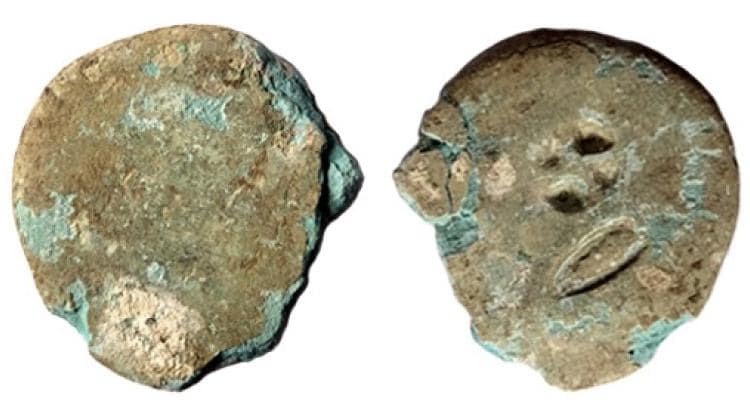
While most of the coins originated from Antioch in Syria and Judea, archaeologists also came across a rebellious coin from the fourth year of the Jewish War. It may have ended up in the hands of the Romans after the capture of Masada, along with the entire Jewish treasury. They then marked it with their own countermarks.
The X Fretensis was also the primary force in the assault on the Herodium, and the famous siege on one of the last strongholds of resistance at Masada.
The battles for Masada were extremely bloody, and its defenders ultimately committed mass suicide,” explained Dr. Jaworski.
The coins most likely come from the Judean Treasury and were transported by the X Fretensis on their way to fight the Parthians at the beginning of the 2nd century AD, during the reign of Emperor Trajan.
By analyzing the coins, evidence of the legion’s presence in the far northeast was discovered.
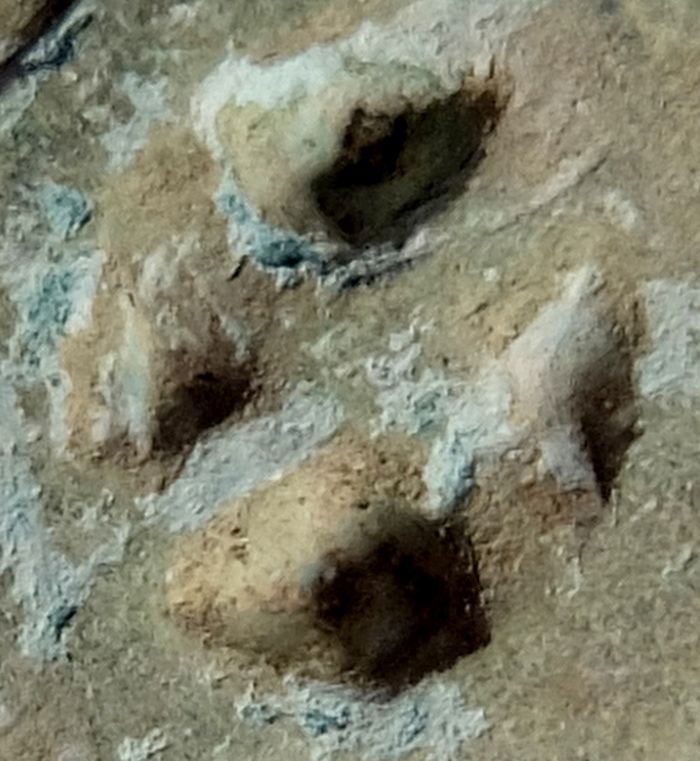
“The only moment, considering the war’s history, when the troops of this legion could be in Apsaros, was in the winter of 114 AD. At that time, Trajan briefly returned to Syria but left the units in Armenia and the southern Caucasus to wait out the winter. In 115 AD, the further offensive towards Mesopotamia began,” described Dr. Jaworski.
The Parthian War occurred at a “critical time” in the history of the Roman Empire, according to the expert. He explained that the war was well-prepared, resulting in the temporary acquisition, albeit brief, of two new provinces, Armenia and Mesopotamia. Never before had the empire been so vast in terms of territory.
Because Colchis did not mint its own coins, the legionnaires used their own money to buy wine, bread, and other supplies. Many of the hundreds of coins discovered by archaeologists in Apsaros were lost or dropped.
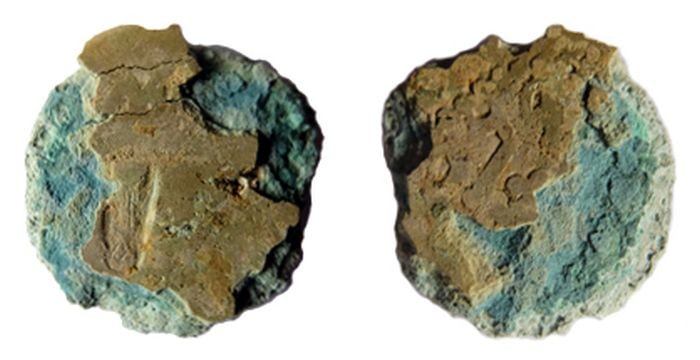
“Their number should not surprise us. These were small denominations used for daily transactions to buy food or services. With one coin of this type, you could enter the baths,” added Dr. Jaworski. It was the equivalent of the Roman semis.
During that time, the fort must have been bustling with activity as several cohorts, ranging from several hundred to several thousand soldiers, were likely stationed there, according to Dr. Jaworski.

